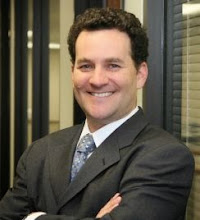Here are the links to all eleven installments of this series:
Part I: Introduction
Part II: People Act Rationally, Don’t They?
Part III: People Avoid Risk When They Stand to Gain and Seek Risk When They Stand to Lose
Part IV: People Evaluate Gains and Losses Relative to Their Reference Points
Part V: The Greater the Loss or Gain, the Less Any Incremental Change Matters
Part VI: People Hate Losing More Than They Love Winning. Losses Loom Larger Than Gains.
Part VII: States of Change -- The Possibility and Certainty Effects
Part VIII: Set Your Reference Points Before You Begin Negotiating
Part IX: Think Like A Trader
Part X: Shift Reference Points And Use The Endowment Effect To Close The Deal.
Part XI: Do The Math, With Pencil And Paper.






No comments:
Post a Comment